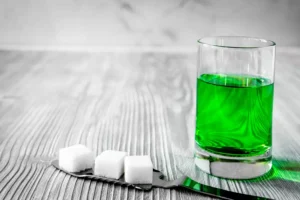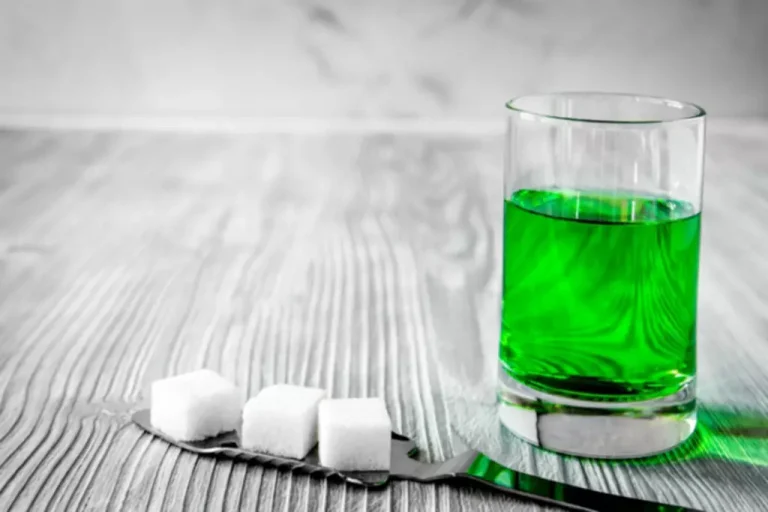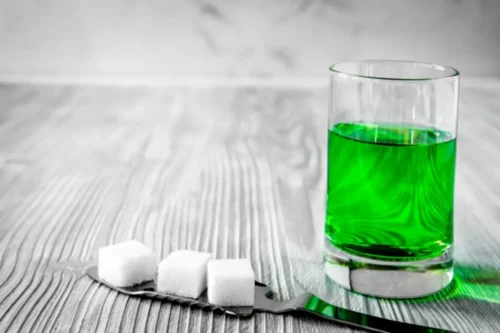Alcoholic hepatitis Symptoms and causes

Drinking history is an essential component, which includes the number alcoholic liver disease of drinks per day and the duration of drinking. Given the lack of a unique diagnostic test, the exclusion of other causes of liver injury is mandatory. This serious condition can be caused by many forms of liver diseases and conditions, such as hepatitis or chronic alcoholism.

Liver Transplantation

In general, the risk of liver disease increases with the quantity and duration of alcohol intake. The quantity of alcohol in alcoholic beverages varies by volume base on the type of beverage (Table 2). Among problem drinkers, only about 35 percent develop advanced liver disease.

all patients
Many people with ALD are malnourished (lacking proper nutrition) due to a variety of factors, such as lack of eating, vomiting, and malabsorption (difficulty absorbing nutrients from food). In general, the more severe the ALD, the more malnourished someone becomes. In these cases, treatment focuses on preventing further damage and treating other factors that can make the disease worse, such as infection and malnourishment. Research is ongoing on medications that might be able to reverse cirrhosis. Still, it’s likely going to take time and many clinical trials before any drug is found to be successful and can enter the market. The transplant evaluation is thorough and strict, and the rules for receiving a transplant can vary by region.
What to know about alcoholic liver disease?
- In cases of early cirrhosis, it is possible to minimize damage to the liver by tackling the underlying causes.
- Alcoholic hepatitis (steatohepatitis) is a combination of hepatic steatosis, diffuse liver inflammation, and liver necrosis (often focal)—all in various degrees of severity.
- The latter is characterized by development of portal hypertension and/or liver failure.
- In response to the endotoxins (which the impaired liver can no longer detoxify), liver macrophages (Kupffer cells) release free radicals, increasing oxidative damage.
- However, outcomes with steroids have been variable (Thursz et al. 2015).
- Prostaglandin D2 programs HSCs to switch their production to anti-inflammatory factors, including transforming growth factor-β1 (TGF-β1), which promotes fibrogenesis.
According to one 2019 study, 20% to 25% of people who misuse alcohol by drinking heavily over many years will develop cirrhosis. Alcohol consumption was also estimated to cause a quarter of all cirrhosis-related deaths globally in 2019. In order to understand alcohol’s effect on the liver, it’s helpful to know the role of the liver in overall health.
- Studies investigating new treatments that can slow and even reverse the scarring that leads to cirrhosis are currently underway.
- Those with less severe diseases will survive longer if they abstain from alcohol.
- To be considered for a liver transplant, patients must remain abstinent from alcohol prior to transplantation surgery.
- People who are female don’t have as many enzymes in their stomachs to break down alcohol particles.
- Still, around 10 to 20% of people who develop alcohol-related fatty liver disease go on to develop cirrhosis.
This is even more the case if the problem has progressed to alcohol use disorder. Several treatment options are available to help people safely through withdrawal, and to support them in maintaining abstinence and preventing relapse. These treatments include medications, counseling, support groups, and behavioral therapy. So, if someone drinks too much alcohol, the liver can become damaged by substances produced during the metabolism of that alcohol, the buildup of fats in the liver, and inflammation and fibrosis. This damage impairs the liver’s ability to function properly, which causes various symptoms and can even be fatal.

A single center study from India showed a survival benefit in patients treated with granulocyte-colony stimulating factor at 90 days. Its use in patients with alcoholic hepatitis is however experimental. Fatty liver is usually diagnosed in the asymptomatic patient who is undergoing evaluation for abnormal liver function tests; typically, aminotransferase levels are less than twice the upper limit of normal. Characteristic ultrasonographic findings include a hyperechoic liver with https://ecosoberhouse.com/article/13-actionable-tips-to-stay-sober-at-different-times/ or without hepatomegaly. Computed tomography (CT) and magnetic resonance imaging (MRI) can readily detect cirrhosis. On MRI, special features may be present with ALD including increased size of the caudate lobe, more frequent visualize of the right hepatic notch, and larger regenerative nodules.
